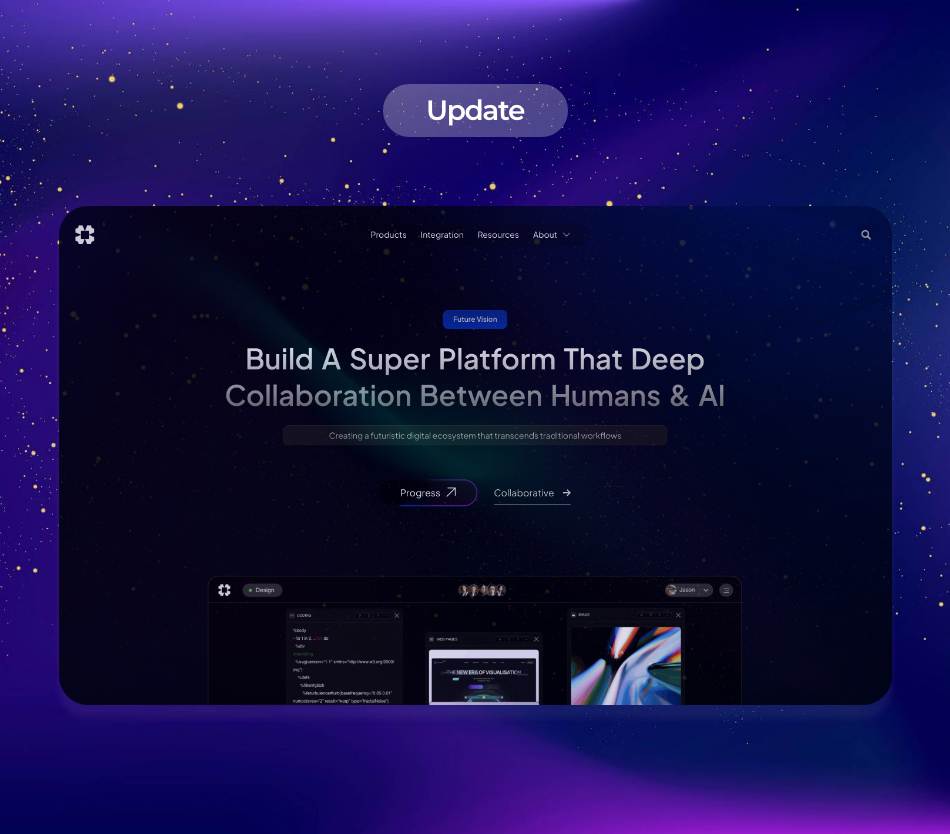In the rapidly evolving landscape of business, the integration of Artificial Intelligence (AI) into analytics is transforming how organizations operate and make decisions. AI-powered tools are not just enhancing traditional analytics but are redefining the very fabric of business intelligence. This article explores the latest trends, solutions, and industry applications of AI in business analytics and employee performance analytics, with a special focus on IBM Watson, a leader in AI technology.
The advent of AI in business analytics has ushered in a new era of data-driven decision-making. Organizations are increasingly leveraging AI algorithms to sift through vast amounts of data, uncovering insights that were previously hidden. This capability allows businesses to make informed decisions faster and more accurately than ever before. According to a report by McKinsey, companies that harness AI in their analytics processes can achieve a 20% increase in productivity and a 15% reduction in costs.
AI in business analytics is not just about speed; it’s about depth. Advanced machine learning algorithms can analyze complex datasets, identifying patterns and trends that human analysts might overlook. For instance, predictive analytics powered by AI can forecast market trends, customer behaviors, and operational efficiencies. This predictive capability enables businesses to proactively address challenges and seize opportunities, thus enhancing their competitive edge.
**The Role of IBM Watson in Business Analytics**
IBM Watson has emerged as a frontrunner in the AI space, providing businesses with cutting-edge tools to enhance their analytics capabilities. Watson’s natural language processing (NLP) and machine learning capabilities allow organizations to interact with data in a more intuitive manner. By enabling users to ask questions in natural language, Watson democratizes data access, allowing even non-technical users to derive insights from complex datasets.
One of the standout features of IBM Watson is its ability to integrate with existing business systems. This interoperability means that organizations can leverage their current data infrastructure while enhancing it with AI capabilities. For example, Watson can analyze data from customer relationship management (CRM) systems, enterprise resource planning (ERP) systems, and even social media platforms to provide a holistic view of business performance.
Moreover, IBM Watson’s AI-driven analytics tools can help businesses identify inefficiencies and areas for improvement. By analyzing employee performance data, organizations can pinpoint skill gaps and training needs, ultimately driving workforce optimization. This capability is particularly valuable in today’s fast-paced business environment, where agility and adaptability are crucial for success.
**AI in Employee Performance Analytics: A Game Changer**
The application of AI in employee performance analytics is revolutionizing how organizations assess and enhance workforce productivity. Traditional performance review processes often rely on subjective assessments and limited data points. In contrast, AI-driven performance analytics provide a comprehensive view of employee performance, leveraging data from various sources such as project management tools, communication platforms, and productivity applications.
AI algorithms can analyze this data to identify high-performing employees, as well as those who may be struggling. This insight allows managers to tailor support and development programs to individual needs, fostering a culture of continuous improvement. According to a study by Deloitte, organizations that implement AI in employee performance analytics see a 30% increase in employee engagement and a 25% increase in retention rates.
Furthermore, AI can help organizations predict future performance trends. By analyzing historical performance data, AI models can forecast which employees are likely to excel or require additional support in the future. This predictive capability enables organizations to proactively address performance issues before they escalate, thus maintaining a high level of productivity.
**Trends and Solutions in AI-Driven Analytics**
As AI technology continues to advance, several key trends are emerging in the realm of business and employee performance analytics. One notable trend is the increasing emphasis on real-time analytics. Businesses are recognizing the value of accessing insights in real-time, allowing them to make timely decisions that can significantly impact their bottom line. AI-powered analytics tools can process data in real-time, providing organizations with up-to-the-minute insights that drive agile decision-making.
Another trend is the growing importance of data privacy and ethics in AI analytics. As organizations collect and analyze more data, they must navigate the complexities of data privacy regulations and ethical considerations. AI solutions, such as those offered by IBM Watson, are increasingly incorporating features that ensure compliance with data protection regulations, providing organizations with peace of mind as they leverage AI for analytics.
Additionally, the integration of AI with other emerging technologies, such as the Internet of Things (IoT) and blockchain, is creating new opportunities for analytics. For instance, IoT devices can generate vast amounts of data that, when analyzed with AI, can provide valuable insights into operational efficiencies and customer behaviors. Similarly, blockchain technology can enhance data security and transparency, ensuring that analytics are based on trustworthy information.
**Industry Use Cases: Real-World Applications of AI in Analytics**
Several industries are already reaping the benefits of AI in business and employee performance analytics. In the retail sector, companies are using AI to analyze customer purchasing patterns, enabling them to optimize inventory management and personalize marketing efforts. For example, Walmart utilizes AI-driven analytics to predict customer demand, ensuring that products are stocked appropriately and reducing waste.
In the healthcare industry, AI is being used to analyze patient data and improve clinical outcomes. Hospitals are leveraging AI analytics to identify trends in patient care, leading to more effective treatment plans and improved patient satisfaction. IBM Watson Health, for instance, utilizes AI to analyze medical literature and patient records, helping healthcare professionals make informed decisions about patient care.
The manufacturing sector is also harnessing AI analytics to enhance operational efficiency. By analyzing data from production lines, manufacturers can identify bottlenecks and optimize processes, ultimately reducing costs and improving product quality. Companies like Siemens are implementing AI-driven analytics to monitor equipment performance, predicting maintenance needs before failures occur.
**Conclusion: Embracing the AI Revolution in Analytics**
The integration of AI in business analytics and employee performance analytics is no longer a futuristic concept; it is a present-day reality that organizations must embrace to remain competitive. With tools like IBM Watson leading the charge, businesses have access to powerful analytics capabilities that can drive informed decision-making and enhance workforce performance.
As organizations continue to explore the potential of AI, it is crucial to remain vigilant about data privacy and ethical considerations. By leveraging AI responsibly, businesses can unlock the full potential of their data, driving innovation and success in an increasingly complex and competitive landscape.
In conclusion, the future of business analytics and employee performance analytics lies in the hands of AI. Organizations that invest in AI-driven analytics solutions will not only enhance their operational efficiency but also foster a culture of continuous improvement and innovation. The time to embrace AI in analytics is now, and the possibilities are limitless.
**Sources:**
1. McKinsey & Company. (2022). “The State of AI in 2022.”
2. Deloitte. (2021). “The Future of Work: AI and Employee Experience.”
3. IBM. (2023). “IBM Watson: AI for Business.”
4. Gartner. (2022). “Top Strategic Technology Trends for 2022.”

























